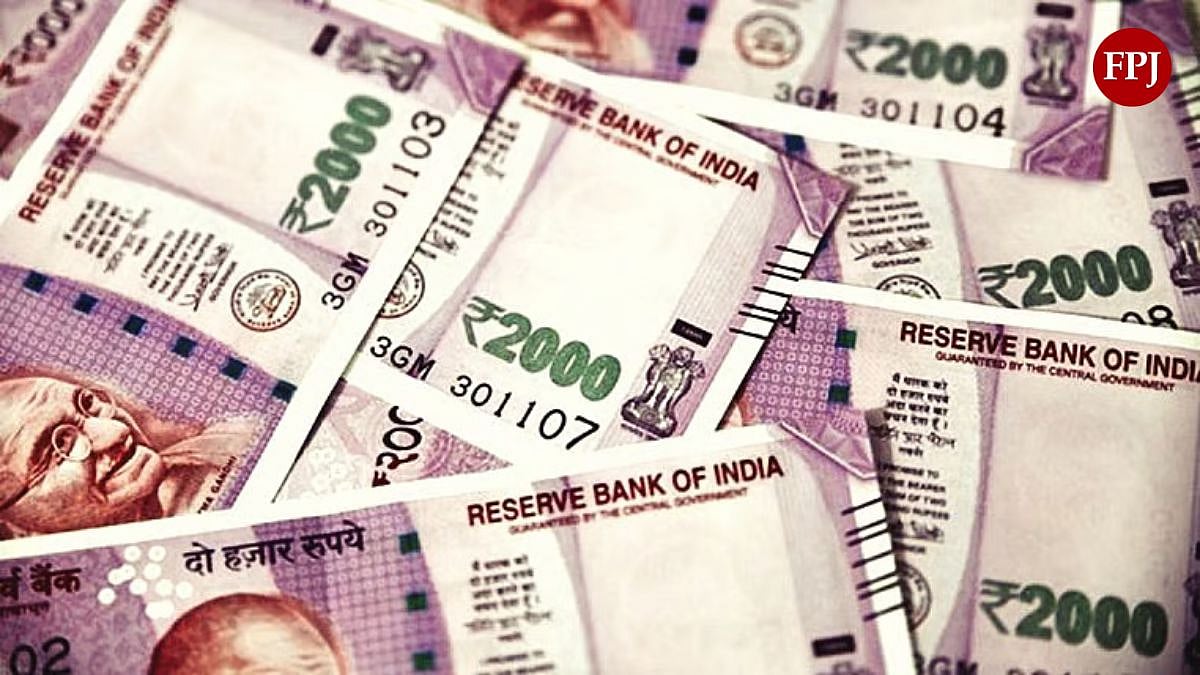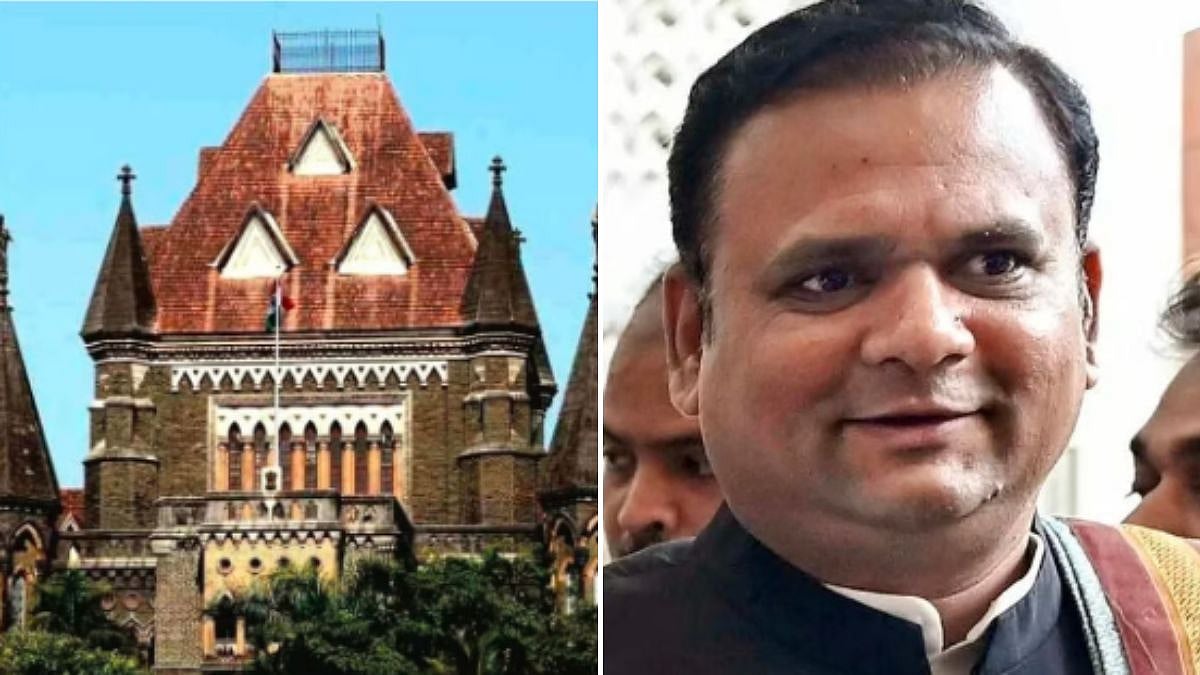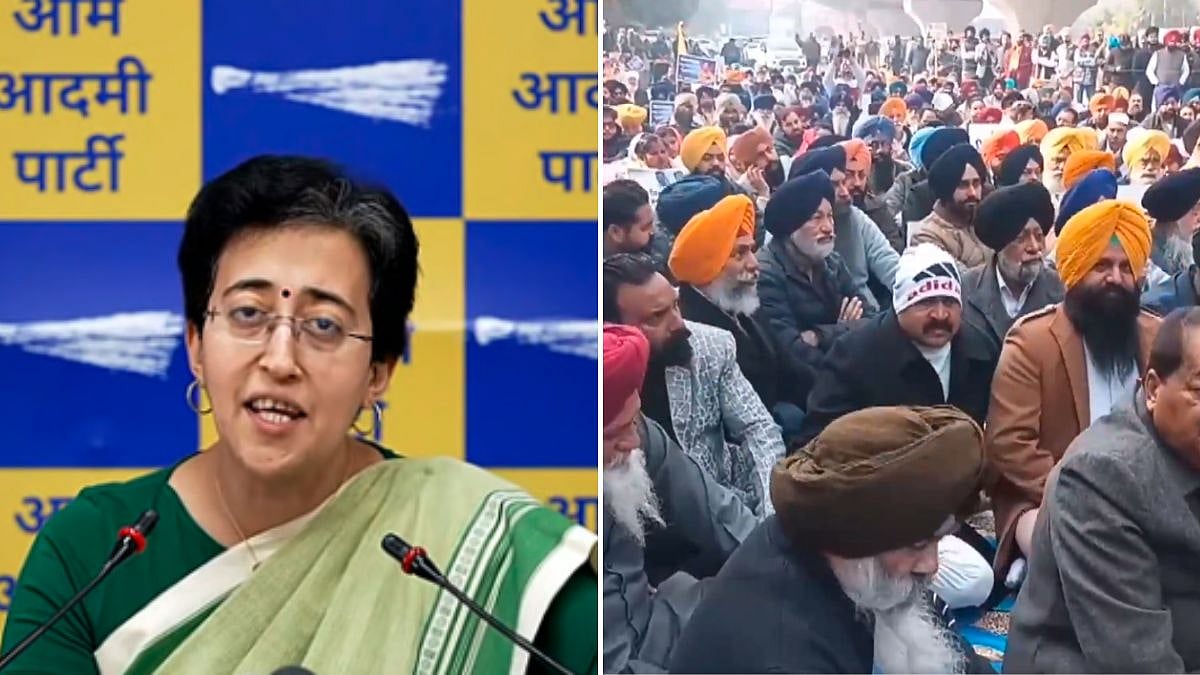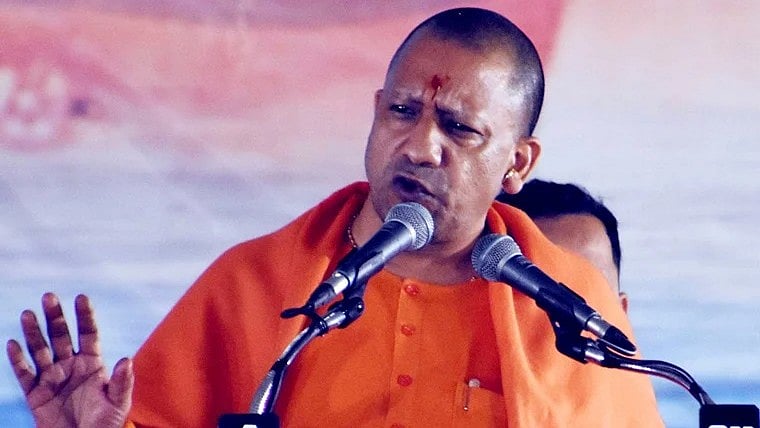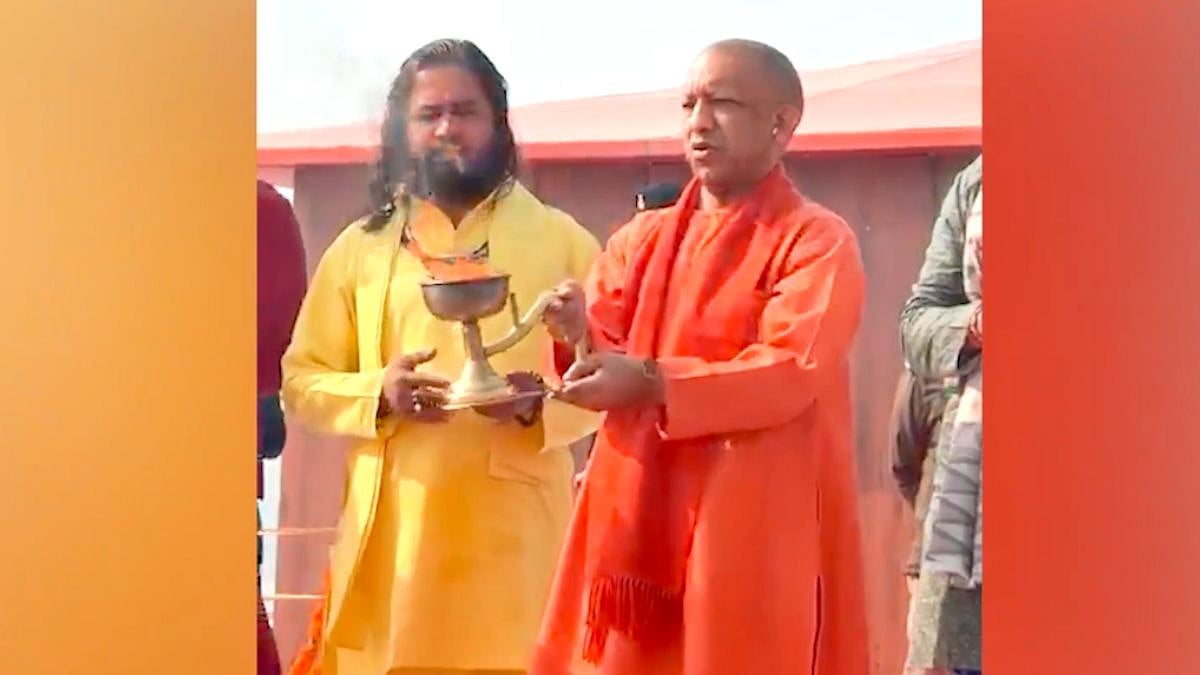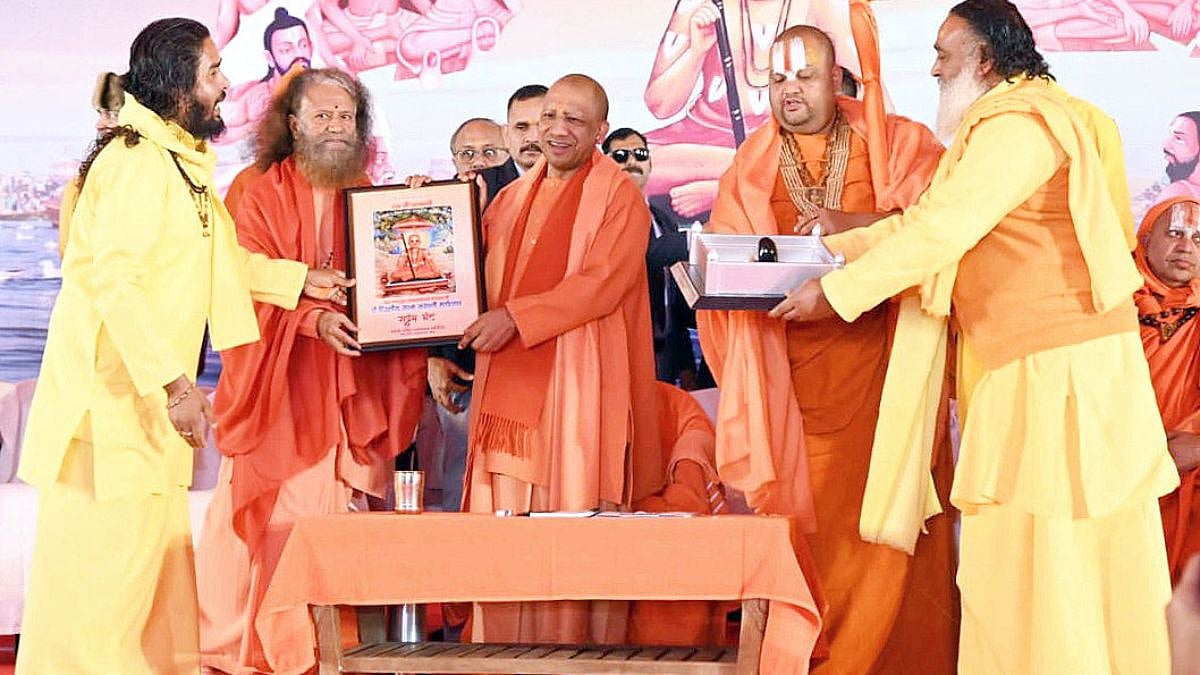Multiple media reports have emerged claiming that China's Foreign Minister Wang Yi may visit India later this month. If that pans out, it would be the first high-level visit by a Chinese official to India since the the two countries' militaries violently clashed at Galwan Valley in Ladakh, along the Line of Actual Control (LAC).
Ties between the two Asian giants deteriorated after a fatal border clash in the Galwan valley in June 2020 left at least 20 Indian and four Chinese soldiers dead. A report had claimed that 42, and not four, Chinese soldiers were killed during the clashes.
Despite numerous rounds of diplomatic and military-level talks, both sides have so far only completed the disengagement of frontline troops on the north and south banks of Pangong Tso lake and at Gogra. They have been unable to make headway at several other friction points in Ladakh sector, and tens of thousands of troops have been deployed by each side through two winters.
Minister Wang Yi had earlier this month said that China and India have encountered "some setbacks" in the bilateral relations in recent years, and called for managing their differences over the boundary issue through equal footing consultations for a "fair and equitable" settlement. He also said that some forces have always sought to stoke tensions between China and India, in an apparent reference to the US.
India is exploring ways to avoid a major disruption in its supply of Russian-made weaponry amid U.S. sanctions following Moscow’s invasion of Ukraine, and Prime Minister Narendra Modi’s tightrope walk could become more difficult due to a continuing border standoff with China.
Experts say up to 60% of Indian defense equipment comes from Russia, and New Delhi finds itself in a bind at a time when it is facing a two-year-old standoff with China in eastern Ladakh over a territorial dispute, with tens of thousands of soldiers within shooting distance.
New Delhi has sought support from Washington and its allies in confronting China, a common ground for the Indo-Pacific security alliance known as “the Quad” that also includes Australia and Japan.



